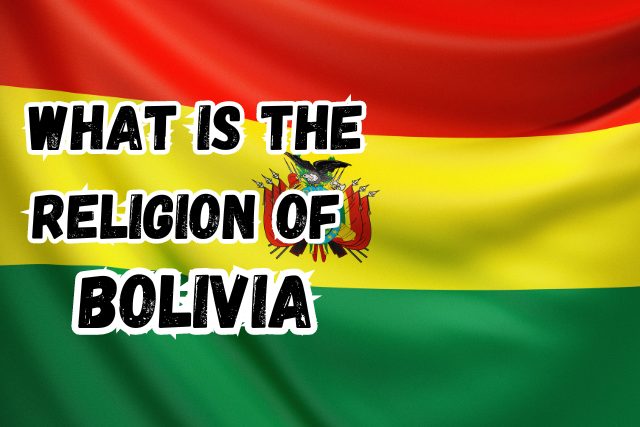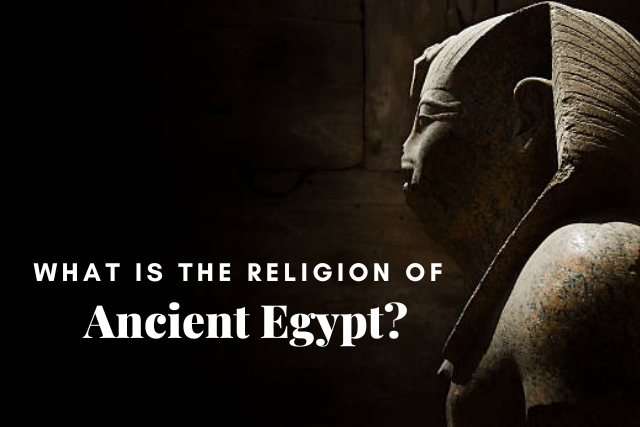What is the religion of Nepal? Unveiling 7 Spiritual Traditions

What is the religion of Nepal? In Nepal, there are many religions. The main one is Hinduism. Buddhism is also important, along with Islam, Kiratism, Christianity, and some other religions. These religions are a big part of Nepal’s culture and history. They shape how people live and what they believe in. This blog explores these religions, their history, and what they mean to Nepal.
What is the religion of Nepal?
Nepal, nestled in the big mountains, has lots of different religions. Let’s look closer at these different beliefs and what they mean for the people of Nepal.
Hinduism in Nepal
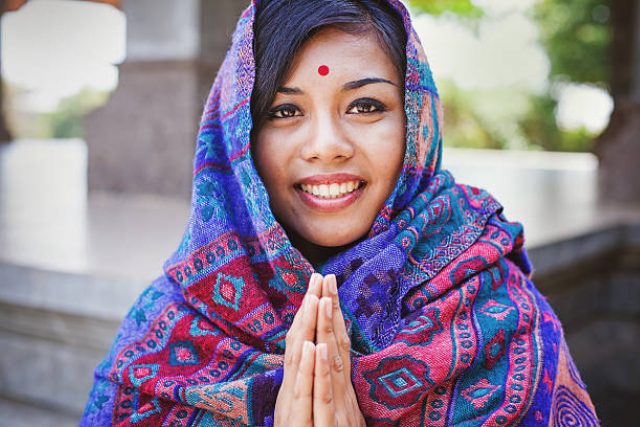
Origins and Beliefs: Hinduism is the predominant religion in Nepal, embraced by approximately 82% of the population. According to legend, Hinduism was introduced to Nepal by the sage Ne Muni in ancient times. The religion reveres a pantheon of deities, with Lord Shiva holding a special place as the guardian deity of Nepal. Hinduism shares many similarities with its counterpart in India.
Iconic Temples: Nepal is dotted with numerous Hindu temples, each holding profound spiritual significance. The renowned Pashupatinath Temple in Kathmandu is a major pilgrimage site, drawing devotees from far and wide to pay homage to Lord Shiva.
Cultural Significance: Hinduism permeates every aspect of Nepali life, from birth rituals to wedding ceremonies and funeral rites. Symbols such as the Nepali flag, adorned with double triangles representing the sun and moon, are believed to have divine origins.
Buddhism in Nepal
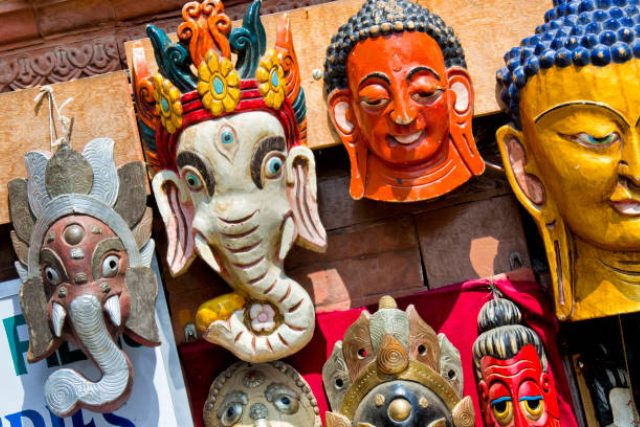
Birthplace of Buddha: Lumbini, located in Nepal, is the sacred birthplace of Lord Buddha. Buddhism flourished in the Kathmandu Valley, propagated by the Shakya clan and patronized by Emperor Ashoka.
Sacred Sites: Nepal is home to several Buddhist sites, including the iconic Swayambhunath and Boudhanath stupas. These sites serve as spiritual sanctuaries for practitioners of Tibetan, Newar, and Theravada Buddhism.
Cultural Influence: Despite facing a decline under subsequent dynasties, Buddhism remains a vital component of Nepal’s cultural heritage, influencing art, architecture, and societal norms.
Islam in Nepal

Historical Roots: Islam has a long history in Nepal, dating back to the arrival of Muslim traders and artisans in ancient times. Over the centuries, Islam has integrated seamlessly into Nepal’s multicultural fabric.
Mosques: Historic mosques like Takia Mosque in Durbar Marg stand as testaments to Nepal’s rich Islamic heritage, serving as centers of worship and community gatherings.
Contemporary Presence: Today, Nepali Muslims predominantly reside in the Terai region, where they uphold their religious traditions while contributing to the cultural diversity of Nepal.
Kiratism in Nepal
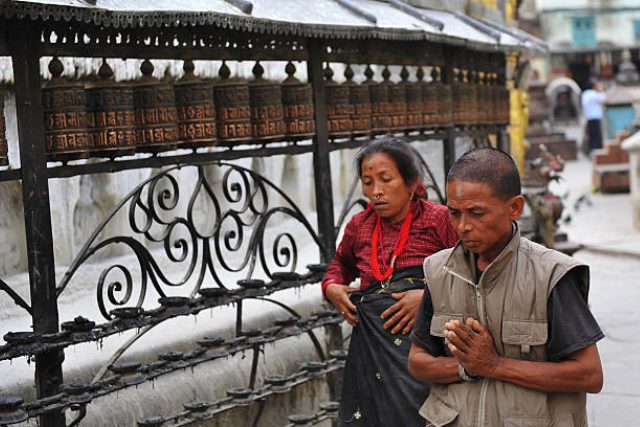
Indigenous Religion: Kiratism is an ancient indigenous religion practiced by Himalayan tribes such as Limbu, Rai, Sunuwar, and Yakkha. It encompasses a unique blend of animism, Tibetan Buddhism, and Shaivism.
Festivals and Traditions: Kiratis celebrate vibrant festivals like Udhauli and Ubhauli, marking the changing seasons and the migration of birds and animals. These festivals reflect a deep reverence for nature and ancestral traditions.
Cultural Heritage: Despite constituting a small percentage of the population, Kiratis play a significant role in preserving Nepal’s cultural heritage through their distinct rituals and beliefs.
Christianity in Nepal
Historical Context: Christianity has a relatively recent history in Nepal, with missionaries establishing the first church in Pokhara in 1952. The religion faced challenges due to official restrictions on conversion until Nepal transitioned to democracy in 1990.
Community Development: Christian communities in Nepal have contributed to social development through initiatives in healthcare, education, and rural development. However, conversion efforts remain a sensitive issue in the predominantly Hindu nation.
Other Religions in Nepal
Sikhism: Sikhism was introduced to Nepal in the 16th century, with Guru Nanak Dev visiting the country and meditating there. Today, Nepal is home to nearly 7000 Sikhs who worship in Gurdwaras across the country.
Jainism: Jainism has a small but significant presence in Nepal, with followers worshiping at the Jain temple in Kathmandu. The roots of Jainism in Nepal can be traced back to 300 BC.
Bahá’í: Despite being a minority religion, Bahá’ís have made significant contributions to Nepal’s social upliftment through initiatives in women empowerment and rural development.
Judaism: Nepal has a small Jewish community, with the first Chabad House opening in Kathmandu in 2000. Jewish presence in Nepal has grown since the late 20th century, with Chabad Houses established in Pokhara and Manang.
FAQs About What is the religion of Nepal
What is the dominant religion in Nepal?
Hinduism is the dominant religion in Nepal, with approximately 82% of the population identifying as Hindus. The country is home to numerous Hindu temples, and religious practices deeply influence Nepali culture and traditions.
Is Nepal a multi-religious country?
Yes, Nepal is a multi-religious country with a diverse religious landscape. In addition to Hinduism, other major religions practiced in Nepal include Buddhism, Islam, Kiratism, Christianity, Sikhism, Bahá’í, and others.
What is the significance of Lumbini in Nepal?
Lumbini, located in Nepal, is the sacred birthplace of Lord Buddha, the founder of Buddhism. It holds immense religious and cultural significance for Buddhists worldwide and is a UNESCO World Heritage Site visited by pilgrims and tourists alike.
How has Christianity developed in Nepal over the years?
Christianity has gradually grown in Nepal since the establishment of the first church in Pokhara in 1952. Despite facing challenges due to restrictions on conversion, Christian communities have contributed to social development through initiatives in healthcare, education, and rural development.
What are the main festivals celebrated in Kiratism?
Kiratism, an ancient indigenous religion practiced by Himalayan tribes, celebrates vibrant festivals like Udhauli and Ubhauli. These festivals mark the changing seasons and the migration of birds and animals, reflecting a deep reverence for nature and ancestral traditions.
How has Islam influenced the cultural landscape of Nepal?
Islam has left an indelible mark on Nepal’s cultural landscape, particularly in the Terai region where Nepali Muslims predominantly reside. Historic mosques like Takia Mosque in Durbar Marg serve as centers of worship and community gatherings, showcasing the harmonious coexistence of diverse religious traditions in Nepal.
Summing Up
Nepal’s different religions show how rich its culture is and how everyone is welcomed. Whether you’re visiting the grand Hindu temples or the peaceful Buddhist monasteries, Nepal offers a special spiritual experience. Let’s celebrate this diversity by respecting and understanding each other’s beliefs, living by the saying, “We’re all different, but we’re all in this together.”




